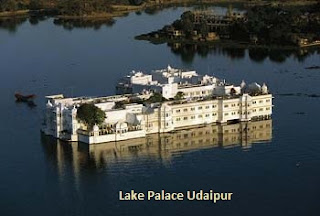An astonishingly beautiful place, the Swat valley in Pakistan, the ancient seat of Gandhara civilization, is no longer the popular tourist destination as it used to be before the Taliban seized the valley in 2006 and effective power in 2006. Since then, area has become synonymous with violence. It all started with the defacing of a 23-foot high statue of the Buddha by Fazlullah’s militants on October 8, 2007 on the pretext that Islam permits no graven images. This 7th century seated Buddha is carved in a rock in the lap of a mountain in Jehandabad village in the region. During the rule of great Mauryan Emperor Ashoka , Buddhism became a force to reckon with in the Swat valley. The region is full of Budhist stupas, monasteries, pottery and coins. The world famed Gandhara art flourished under the Buddhist Kushan dynasty. Today Batkara Stupa in the Swat Valley is in a state of disarray due to the neglect of the authorities concerned. Beautifully situated in the serene ambience of


